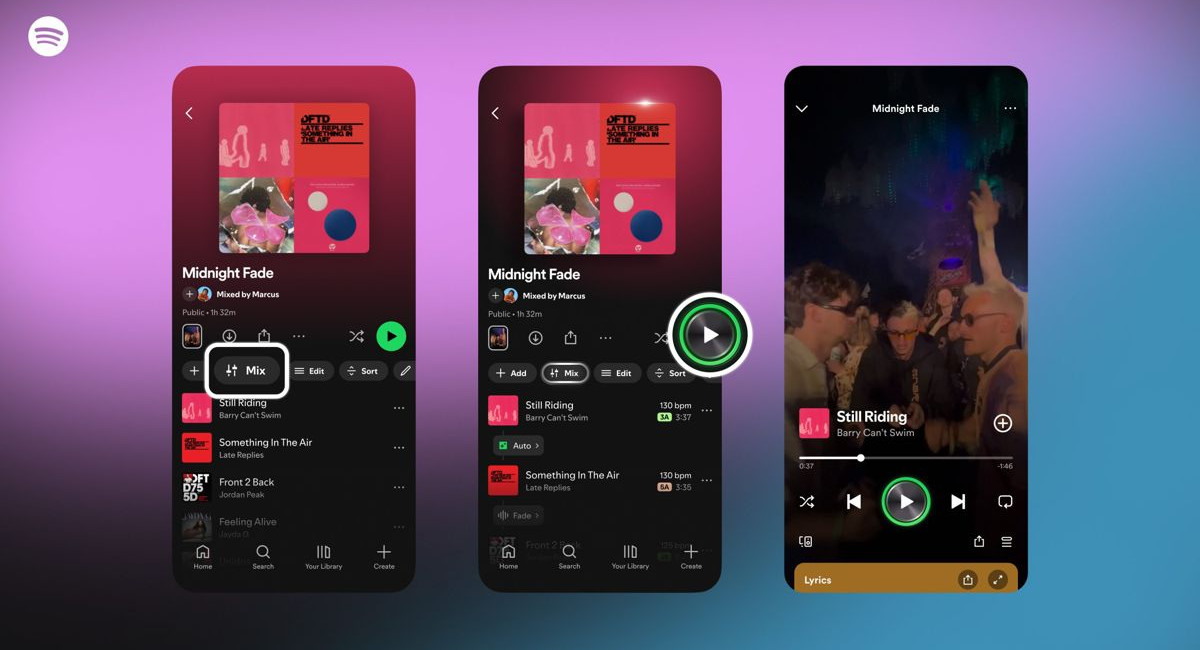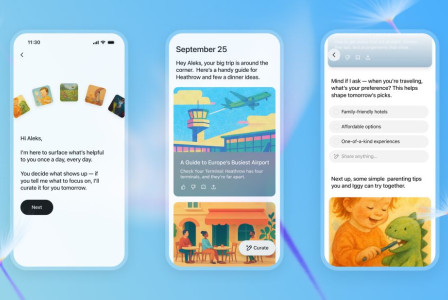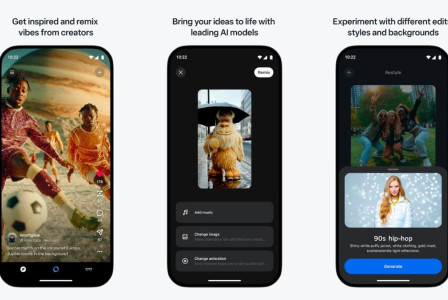SEARCH
Spotify lets users become DJs with new playlist mixing feature

SHARE IT
Spotify is giving music fans a chance to unleash their inner DJ with a new feature called Mix. Currently in beta, Mix allows users to add custom transitions between tracks on their playlists, smoothing out awkward gaps and enabling creative flows from one song to the next. The update represents another step in Spotify’s ongoing push to let listeners personalize their experience beyond simply playing songs in sequence.
The idea behind Mix is simple but powerful. Users can blend songs on playlists they’ve created, choosing between automatic transitions or customizing settings for volume, equalization, and special effects. The platform even allows you to use waveform and beat data to pinpoint exactly where transitions should occur, giving playlists a professional, seamless sound. Preset transition styles, such as Fade and Rise, help users experiment quickly while maintaining a polished result. Once the adjustments are made, the mixed playlist can be saved and toggled on or off with a single button press.
Mix is part of a broader wave of updates from Spotify aimed at giving users more control over their listening habits. Recent improvements include the ability to select the genre of Discover Weekly recommendations, snooze tracks temporarily, and interact verbally with Spotify’s AI DJ. Apple Music is rolling out a comparable feature called AutoMix with iOS 26, signaling that major streaming platforms are increasingly focused on AI-assisted playlist customization.
Eligible Premium subscribers are the first to gain access to Mix, so it may take time for the feature to appear in everyone’s app. Users should ensure that their Spotify app is fully updated to unlock the new functionality. Once available, the Mix button appears at the top of a playlist, inviting listeners to either let Spotify handle transitions automatically or take full control over each mix.
The feature also supports collaborative play. Users can share their mixed playlists with friends or invite other subscribers to co-create mixes. Additionally, Spotify provides the option to design cover art with unique stickers and labels for mixed playlists, giving them a distinctive look in addition to a smooth sound.
Spotify notes that Mix works best with genres that naturally allow smooth transitions, such as house, techno, and other electronic styles. To help users match songs seamlessly, the platform automatically displays the key and beats per minute (BPM) for each track. This makes it easy to identify songs with similar tempos and Camelot keys, reorder them efficiently, and produce the most natural-sounding flow possible.
MORE NEWS FOR YOU

 Help & Support
Help & Support 

